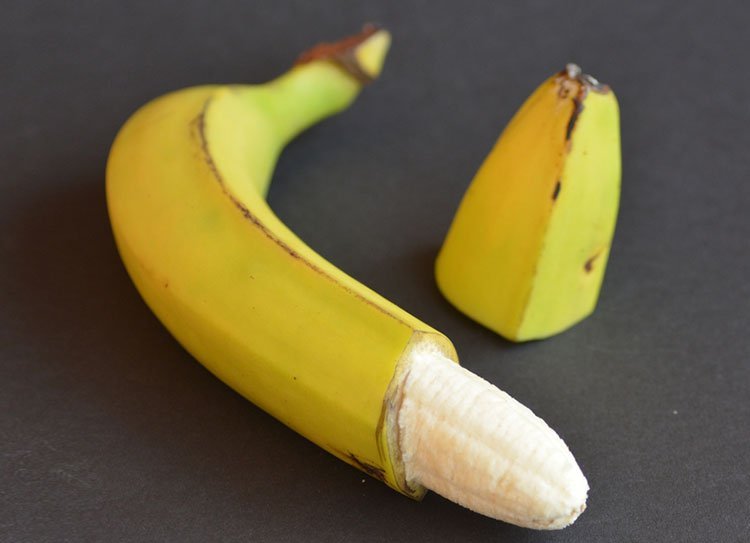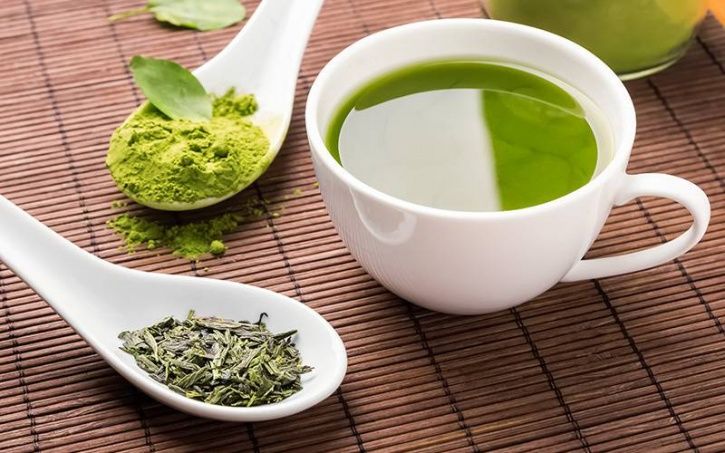Circumcision is a common procedure in which there is surgical removal of the skin covering the tip of the penis known as foreskin. The foreskin has a purpose – it protects the glans against urine, faeces, also against any infection and scarring of the urinary opening. This is typically done on newborn, also it can be done in older children and adults. It is done for personal or religious reasons, but in older children or adults it is also used to treat several conditions like – balanitis (swelling of the foreskin), balanoposthitis (inflammation of the tip and foreskin of the penis), paraphimosis (inability to return a retracted foreskin to its original position) and phimosis (inability to retract the foreskin).
The most common reason for circumcision is religious tradition. The religious laws of both Judaism and Islam require that newborn boys are circumcised. In Judaism, the ritual circumcision is called a brit milah and is typically performed as part of a religious ceremony at home or hospital. It is performed by a mohel, who has received religious and surgical training to perform ritual circumcision. This is done when the baby boy is eight days old. In Islamic, the ritual circumcision is called khitan and is typically performed as part of a religious ceremony. This is done in infancy, but it may be done when a boy enters puberty.
There are other reasons also like – personal choice, aesthatic preference, resulting lowered risk of some conditions, desire of some fathers to have their sons look like them.
Read More: Circumcising Baby Boys: Risks and Complications
Circumcision vs Uncircumcised: Pros & Cons and Procedure
Pros of Circumcision
- Decrease in risk of urinary tract infection during the first year of life
- Decrease in risk of penile cancer and cancer of penis
- Decrease in risk of sexually transmitted diseases like HIV
- Decrease in risk of foreskin infections and prevent persistent tight foreskin
- Decrease in risk of cervical cancer and some infections in female partners
- Prevents balanitis, balanoposthitis, paraphimosis and phimosis
- Good genital hygiene is maintained easily
Read More: Teenage Circumcision: Everything You Need to Know
Cons of Circumcision
- May be seen as disfigurement
- May cause pain, medications are administered to reduce pain
- May cause skin, bloodstream infections, bleeding, gangrene, scarring and various surgical accidents. According to a study it showed that 1 of every 500 circumcised newborns suffered a serious side effect
- May cause rare complications like cutting the foreskin too long or too short and poor healing
- May cause irritation of the glans
- May cause injury to the penis
Read More: 7 Ways to Take Care of Your Baby’s Uncircumcised Penis
Procedure
Preparing for a Circumcision
It is often done when newborn are still in hospital. Make sure to sign a consent form.
Performing a Circumcision
It is performed by a pediatrician, obstetrician and surgeon. During the newborn circumcision, the son will lay on his back with his arms and legs secured. An anesthetic agent is given through injection or cream to numb the penis.
There are various techniques for this method. It depends on the physician’s preference and experience. The three major methods are the Gomco clamp, the Plastibell device and the Mogen clamp. Each of the methods works by cutting off circulation to the foreskin to prevent bleeding when the doctor cuts the foreskin. The procedure takes about 15 to 30 minutes.
After the procedure, the baby may be fussy. The doctor will help the baby to decrease any discomfort. Normal healing time for a newborn’s circumcision is 7 to 10 days. After circumcision for a few days it is normal for the penis to be slightly red or bruised. Change the dressings with each diaper and wash the penis. Make sure to keep the diaper slightly loose to help the tip of the penis heal. Consult the doctor if child is having continues fussiness, increased pain, trouble with urination, fever, foul smelling drainage, increased redness or swelling, persistent bleeding and a plastic ring that doesn’t fall off after two weeks.
Difference between Circumcised and Uncircumcised Penis
The major difference between a circumcised and uncircumcised penis is the presence of foreskin around the head of the penis. Circumcised can be regarded as cut and uncircumcised as uncut penis. The presence or absence of foreskin have some impact on hygiene and overall health.
Size of Penis
- Circumcised (cut) – penis size is based on genes, environment, overall health and also based on blood flow to the penile tissues. All these determine the phenotype or physical expression of the penis. Removing the foreskin does not have any impact on other penile tissues or how big the penis appears when erect. It may be less bulky when it’s flaccid.
- Uncircumcised (uncut) – penis may be more bulky when it’s flaccid due to presence of foreskin. During an erection, the foreskin retracts and almost disappears, so it won’t affect how big the penis looks when it’s erect.
Overall Appearance
- Cut – foreskin is absent, this leaves the glans out in the open at all times, whether erect or not. Due to removal of foreskin there is slight difference in skin texture. The skin closer to the body is tougher and thicker and skin closer to the glans is thinner and more sensitive.
- Uncut – foreskin drapes over the head (glans) of the penis like a hood when erect. The penis head largely isn’t visible. When erect, the foreskin retracts and exposes the glans.
Hygiene
- Cut- it does not require additional hygiene. During bath make sure to wash it regularly. The penile skin may be more likely to get dry, chafed or irritated without the foreskin. This can be prevented by wearing loose-fitting underwear and avoiding tight pants.
- Uncut – it requires some extra attention to hygiene. If not regularly cleaned under the foreskin, bacteria, dead skin cells and oil can cause smegma to build up. Smegma can make the penis smell and even lead to glans and foreskin inflammation (balanitis). This can make pulling back the foreskin difficult or impossible and lead to phimosis.
Sexual Sensitivity
- Cut – according to a 2011 study it claims that men with cut penises self-reported more orgasm difficulties. But according to a 2012 study calls this claim into question.
- Uncut – according to a 2016 study it was found that for uncut penises, the foreskin was the part of the penis most sensitive to stimulation by touch. However, this study clarifies that this does not mean that experience of pleasure during sex is any different whether cut or uncut.
Lubrication
- Cut – it need extra lube when lubrication is necessary such as during anal sex. But no evidence suggests any difference in penis health or sexual satisfaction without the natural lubrication provided by the foreskin.
- Uncut – foreskin provides natural lubrication to the penis. But there is no conclusive evidence that being cut will require extra lubrication for the same amount of sexual satisfaction than those who are uncut.
Sperm Production or Overall Fertility
- Cut – it eliminates any risk of phimosis and balanitis.
- Uncut – it does not have any direct effect on fertility. Sperm production is based on testicles not the penis.
Risk of Infection
- Cut – reduced risk of sexually transmitted infections like HIV and genital herpes.
- Uncut – ample evidence shows that being uncut increases the risk of developing a urinary tract infection, mostly in the frist year of life. Smegma bulid up can also increase infection risks that lead to phimosis and balanitis.
Risk of Penile Cancer
- Cut – women whose partners are cut are no less likely to develop cervical cancer. The main risk factor for cervical cancer is human papillomavirus (HPV), which has no link to being cut. According to a study suggest that circumcised men are less likely to develop HPV, but no research conclusively shows that being cut reduces the risk of spreading HPV to a female partner.
- Uncut – high risk of developing penile cancer because more men are more prone to smegma and phimosis. Uncut men can reduce their risk almost entirely by maintaining good penis hygiene.
Caring Baby
- Son is circumcised – it is advised against putting soap or water on the area until it heals. Change the bandages with each diapering to lower the risk of infection. Use petroleum jelly to keep the bandage from sticking. Doctors use a plastic ring instead of a bandage. This ring, which is put on the tip of the penis, usually drops off within 8 days. There may be little yellow discharge or coating around the head of the penis is normal but should not last more than a week.
- Son is uncircumcised – clean the genital area carefully with soap and water. The foreskin usually does not fully retract until about age Until then, retract the foreskin gently during baths, only as far as it will go without forcing it. Avoid using cotton swabs or antiseptics, which can cause irritation. Once the foreskin fully retracts, boys should wash underneath it every day.
Conclusion
Circumcision is the removal of the foreskin of a newborn or the child himself when he is older. Doctors can help parents better understand the benefits and risks. There are health related reasons to circumcise newborn males. The major difference is that if uncut needs regular washing under the foreskin to reduce the risk for infection and other conditions.













